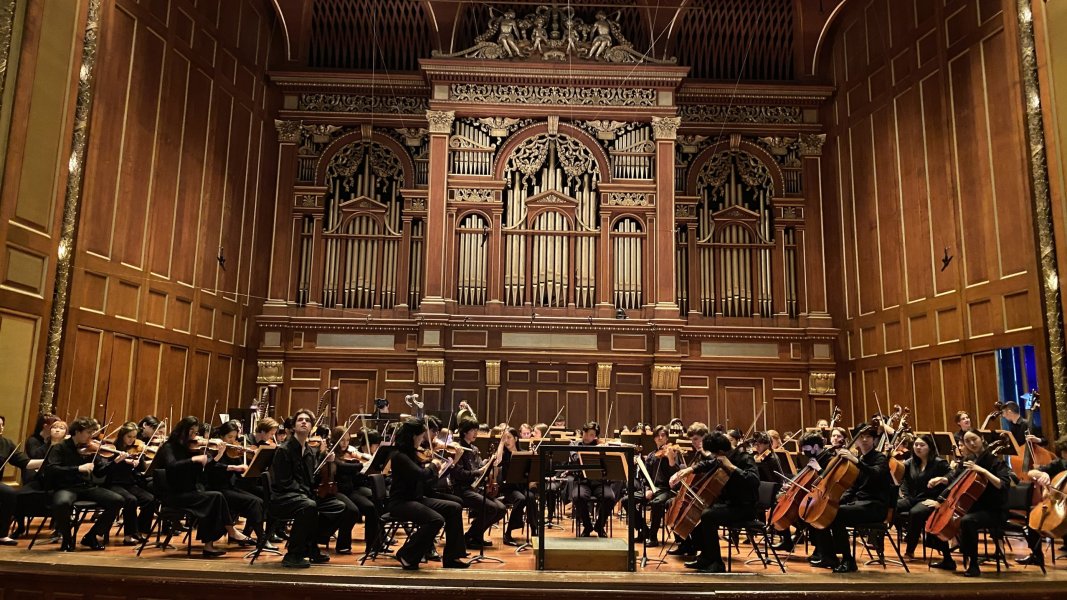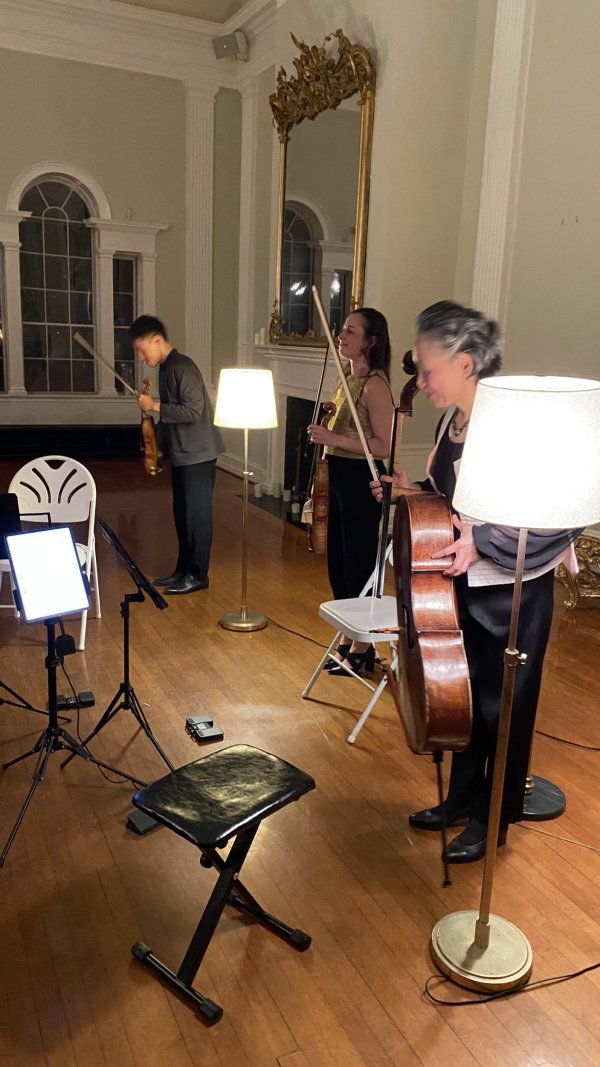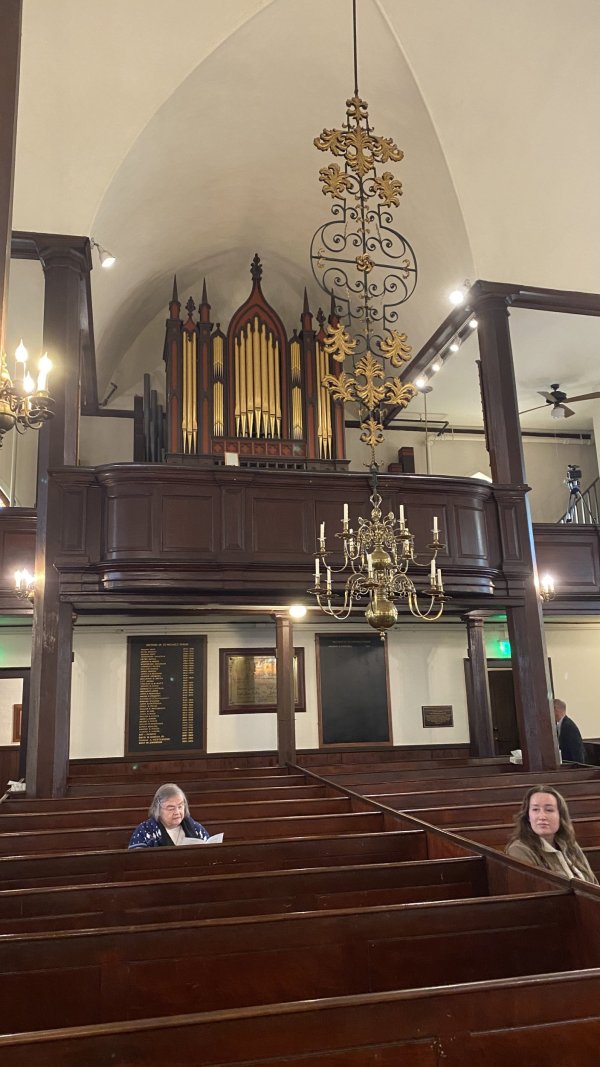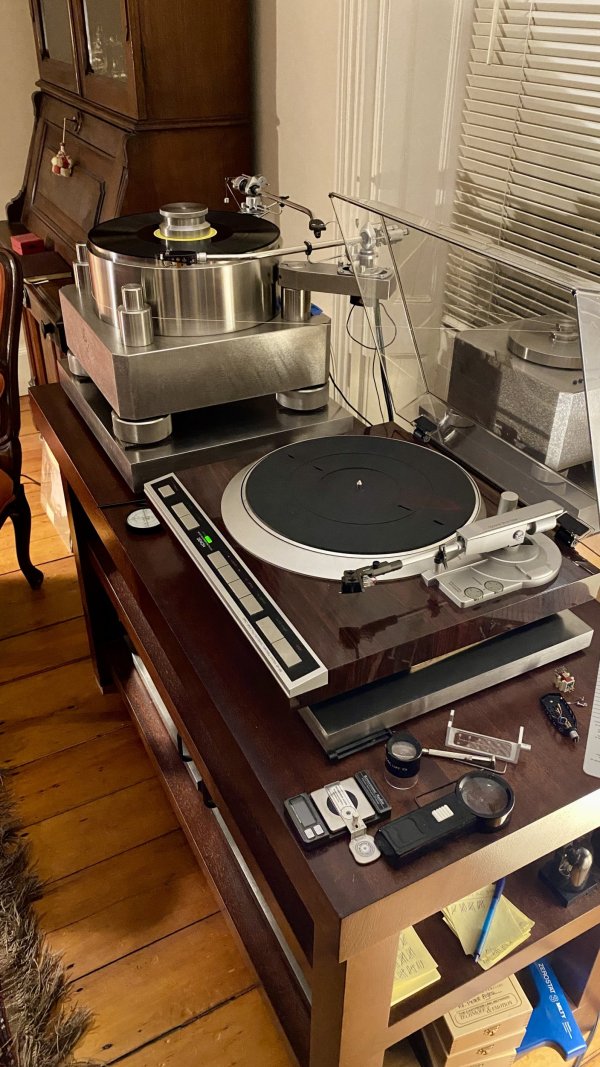I went to a wonderful performance the other night of Beethoven's String Trios. The musicians performed for an audience of about one hundred people in a fairly large room with a sprung floor, built in 1807 by the famous builder, Samual McIntire. The acoustics are excellent. The music and performance were sublime. As live acoustic music is my reference, I paid particular attention to a few aspects of the presentation.
The first thing that struck me was the sheer energy coming off of the instruments and how resonant the cello was. The floor vibrated with that energy and it was strongly felt as we sat just 15-20 feet from the musicians. The second thing I noticed was that the violin was not very extended, not shrill, or thin, but instead, it had a very rich, colorful tone. The third thing I noticed, and this might be most controversial, was the lack of separation of the instruments.
We have had many discussions about how reproduced music falls short of the live performance. I generally think of the differences in dynamics and scale and power, but this small ensemble illustrated for me that many of the systems I hear just don't portray the energy and tone accurately. In comparison, they sound thin and flat. I suppose that is not so surprising and the more exposure one has to live music, the clearer these deficiencies become. What did surprise me was the lack of an audiophile attribute that I increasingly see mentioned in reviews and listener reports: "separation of instruments".
At the risk of raising yet another controversial observation, I want to share my thoughts about the "separation of instruments". I consider this attribute to be similar to the two audiophile attributes of black backgrounds and pinpoint images. Over the years I have read in reviews how some particular components have the uncanny ability to increase the separation of the instruments in the soundstage. Individual instruments are clearly delineated, both tonally and spatially in the presentation. Sometimes the description takes it even further to describe the instruments as though they are occupying their own space and surrounded by air. In this sense, they are described as "isolated". This effect is described as a positive characteristic. I think I have read this when describing both the playback of large scale orchestral pieces as well as small scale chamber performances.
A couple of weeks ago I attended a classical concert of Wagner, Debussy and Elgar. Two nights ago I heard these Beethoven String Trios. At neither performance did I hear black backgrounds, pinpoint images, or separation of instruments. I did see separate musicians playing their instruments, but the sound, the energy from those instruments immediately expanded out and around to fill the hall's space. The individual sounds from the instruments was intertwined and overlapped. There was a wholeness to the sound, not pieces of sound. There was no sense of space between the musicians and their instruments, not in the orchestra or in the trio. There was just the location of the origin of the sound next to or behind other locations of the origins of the other sounds, and they were all mixing to create the gestalt of the experience.
We have discussed these specific terms or expressions before, and I understand why they are used when describing some components and system presentations. I do not doubt that people hear these attributes when listening to some audio systems and when comparing some components. I have heard them too. I suppose they are meaningful as descriptors to convey what people hear when describing reproduced sound. However, I just do not hear these effects when listening to live music. This system thread is about assembling and setting up a system in a room that reminds me of what I experience when attending a live performance. I do not hear black backgrounds, pinpoint imaging, or a separation of instruments when listening to my system. The absence of these helps to create what I refer to as natural sound from an audio system. Tonight it will be an organ recital in my neighborhood church built in 1714.



The first thing that struck me was the sheer energy coming off of the instruments and how resonant the cello was. The floor vibrated with that energy and it was strongly felt as we sat just 15-20 feet from the musicians. The second thing I noticed was that the violin was not very extended, not shrill, or thin, but instead, it had a very rich, colorful tone. The third thing I noticed, and this might be most controversial, was the lack of separation of the instruments.
We have had many discussions about how reproduced music falls short of the live performance. I generally think of the differences in dynamics and scale and power, but this small ensemble illustrated for me that many of the systems I hear just don't portray the energy and tone accurately. In comparison, they sound thin and flat. I suppose that is not so surprising and the more exposure one has to live music, the clearer these deficiencies become. What did surprise me was the lack of an audiophile attribute that I increasingly see mentioned in reviews and listener reports: "separation of instruments".
At the risk of raising yet another controversial observation, I want to share my thoughts about the "separation of instruments". I consider this attribute to be similar to the two audiophile attributes of black backgrounds and pinpoint images. Over the years I have read in reviews how some particular components have the uncanny ability to increase the separation of the instruments in the soundstage. Individual instruments are clearly delineated, both tonally and spatially in the presentation. Sometimes the description takes it even further to describe the instruments as though they are occupying their own space and surrounded by air. In this sense, they are described as "isolated". This effect is described as a positive characteristic. I think I have read this when describing both the playback of large scale orchestral pieces as well as small scale chamber performances.
A couple of weeks ago I attended a classical concert of Wagner, Debussy and Elgar. Two nights ago I heard these Beethoven String Trios. At neither performance did I hear black backgrounds, pinpoint images, or separation of instruments. I did see separate musicians playing their instruments, but the sound, the energy from those instruments immediately expanded out and around to fill the hall's space. The individual sounds from the instruments was intertwined and overlapped. There was a wholeness to the sound, not pieces of sound. There was no sense of space between the musicians and their instruments, not in the orchestra or in the trio. There was just the location of the origin of the sound next to or behind other locations of the origins of the other sounds, and they were all mixing to create the gestalt of the experience.
We have discussed these specific terms or expressions before, and I understand why they are used when describing some components and system presentations. I do not doubt that people hear these attributes when listening to some audio systems and when comparing some components. I have heard them too. I suppose they are meaningful as descriptors to convey what people hear when describing reproduced sound. However, I just do not hear these effects when listening to live music. This system thread is about assembling and setting up a system in a room that reminds me of what I experience when attending a live performance. I do not hear black backgrounds, pinpoint imaging, or a separation of instruments when listening to my system. The absence of these helps to create what I refer to as natural sound from an audio system. Tonight it will be an organ recital in my neighborhood church built in 1714.



Last edited:


